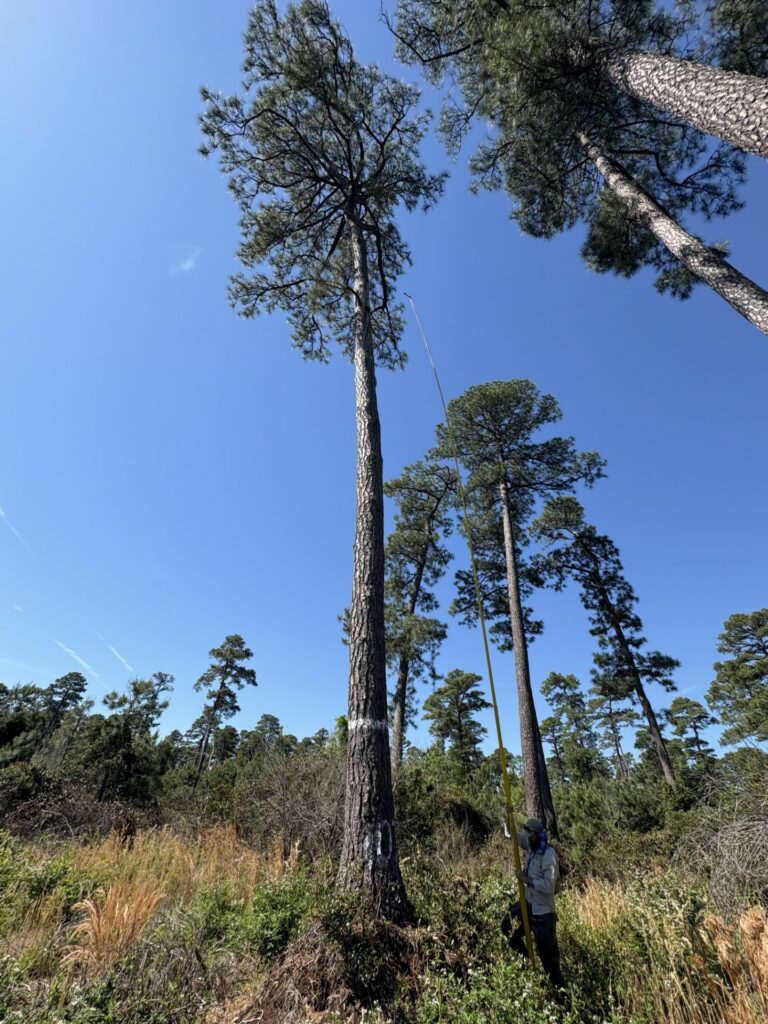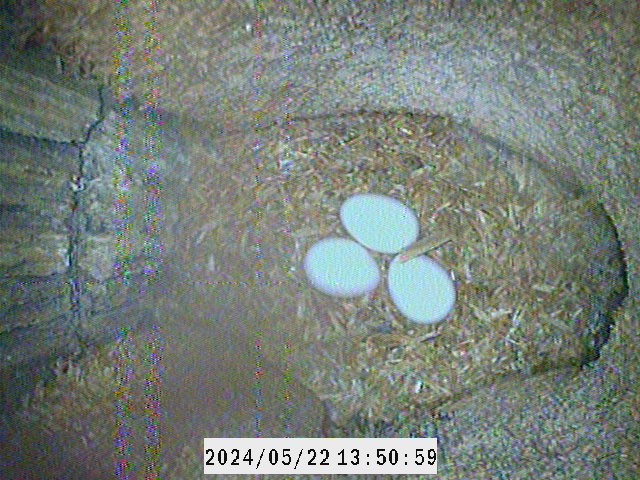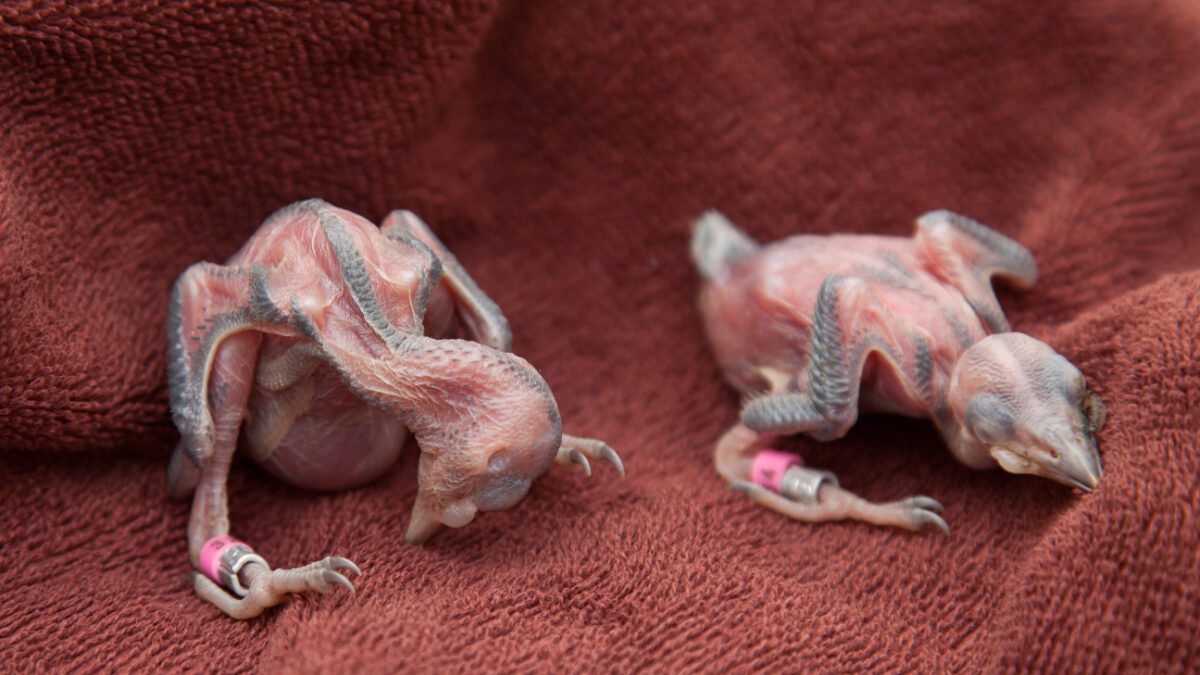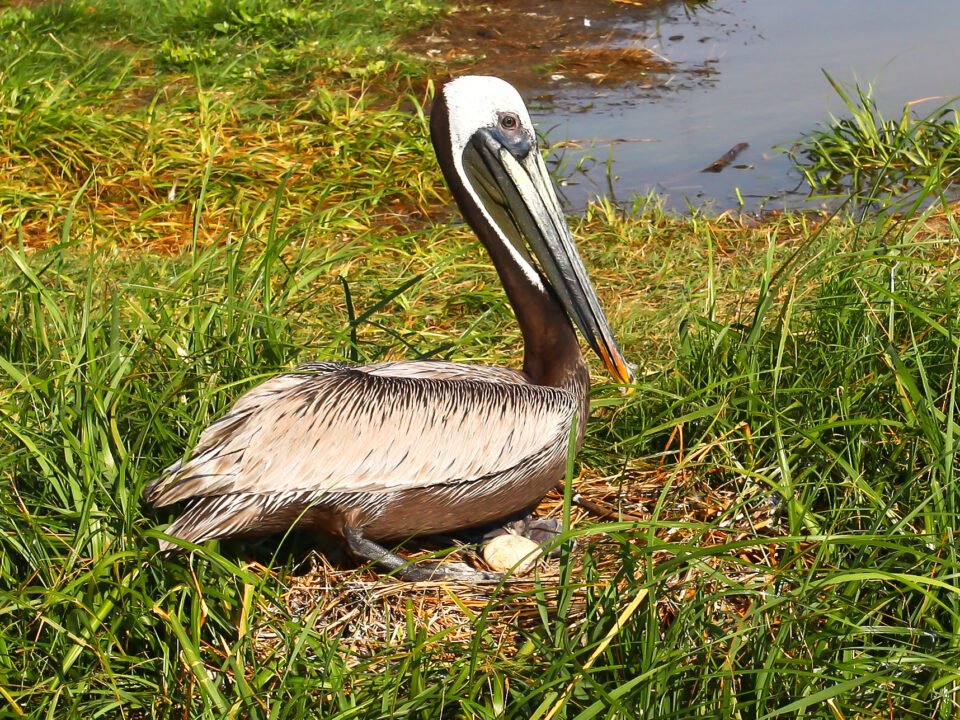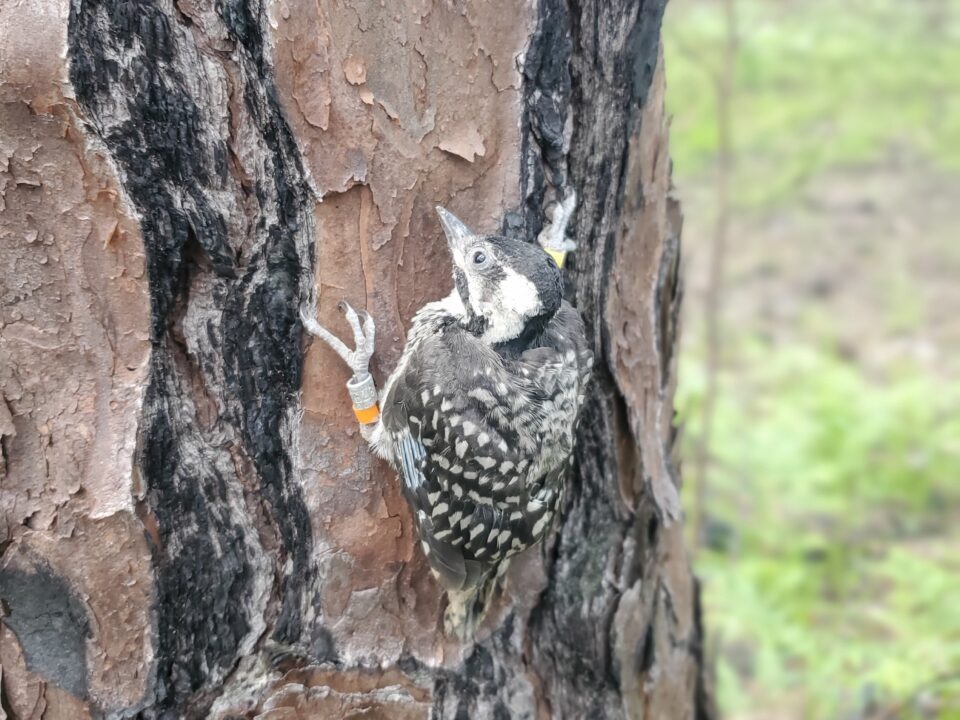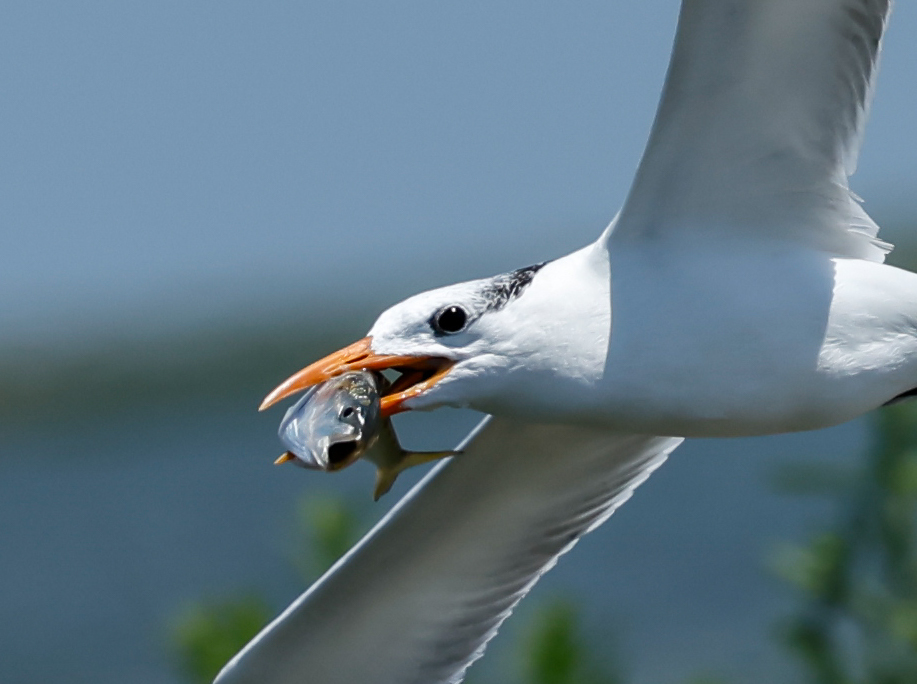Red-cockaded Woodpeckers Hanging on in the Swamp

Two Seasons with Waynes Warblers in the Swamp
July 2, 2025
Recent Literature published by CCB
July 2, 2025By: Chance Hines
6/26/25
Once widespread across the southeastern U.S., red-cockaded woodpeckers (RCWs) have seen steep declines over the past century due to habitat loss, degradation, and fragmentation. Virginia, which once supported several populations, saw its numbers dwindle to a single small group by the early 2000s. At their lowest point, fewer than ten individuals remained, isolated in the Piney Grove Preserve in Sussex County, Virginia.
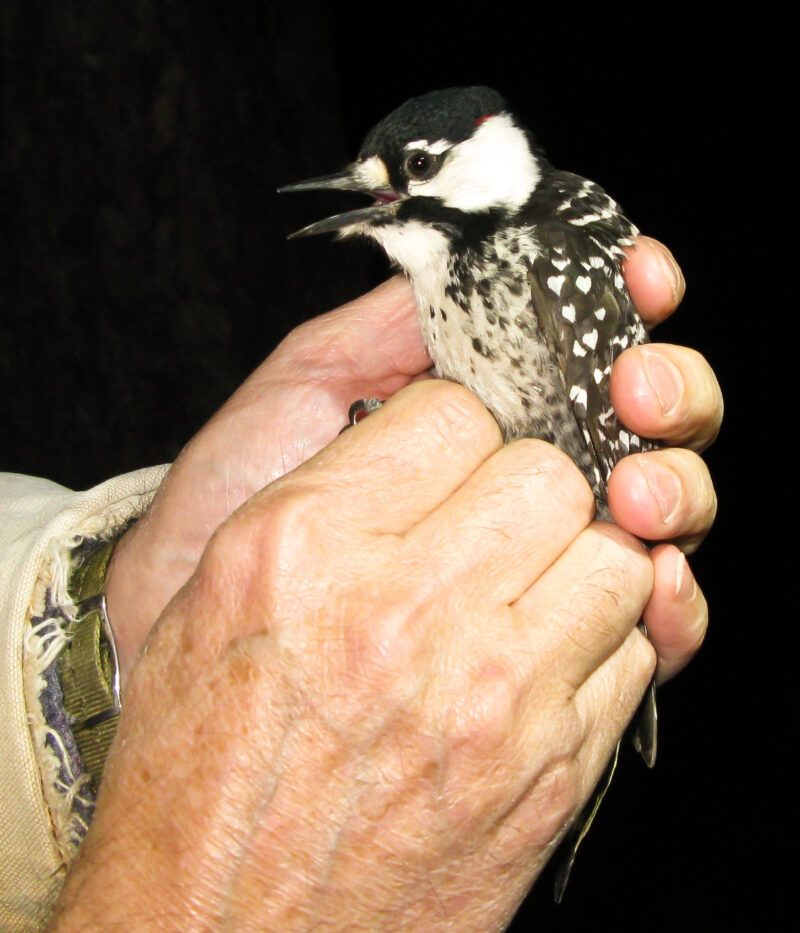
In the 2010s, an effort was initiated to establish a second population in the state in order to bolster the species’ long-term viability in Virginia. A variety of partners throughout the southeast helped in this effort by trapping birds from healthy populations in other locales and translocating them to the Great Dismal Swamp. The Center for Conservation Biology (CCB) played a key role in planning, coordinating translocations, and monitoring birds after release.
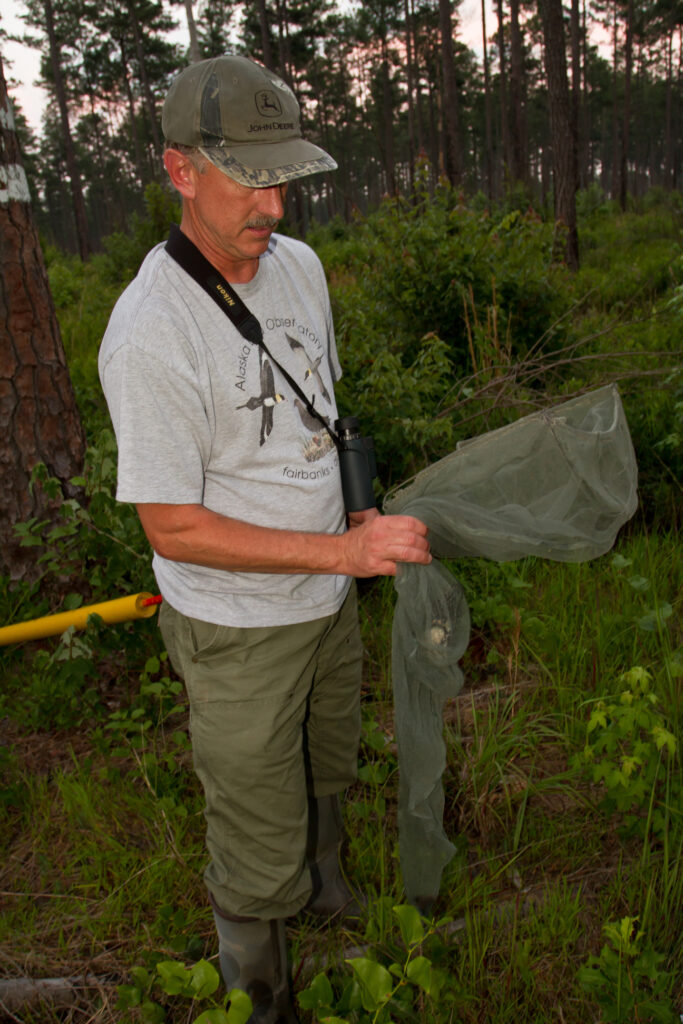
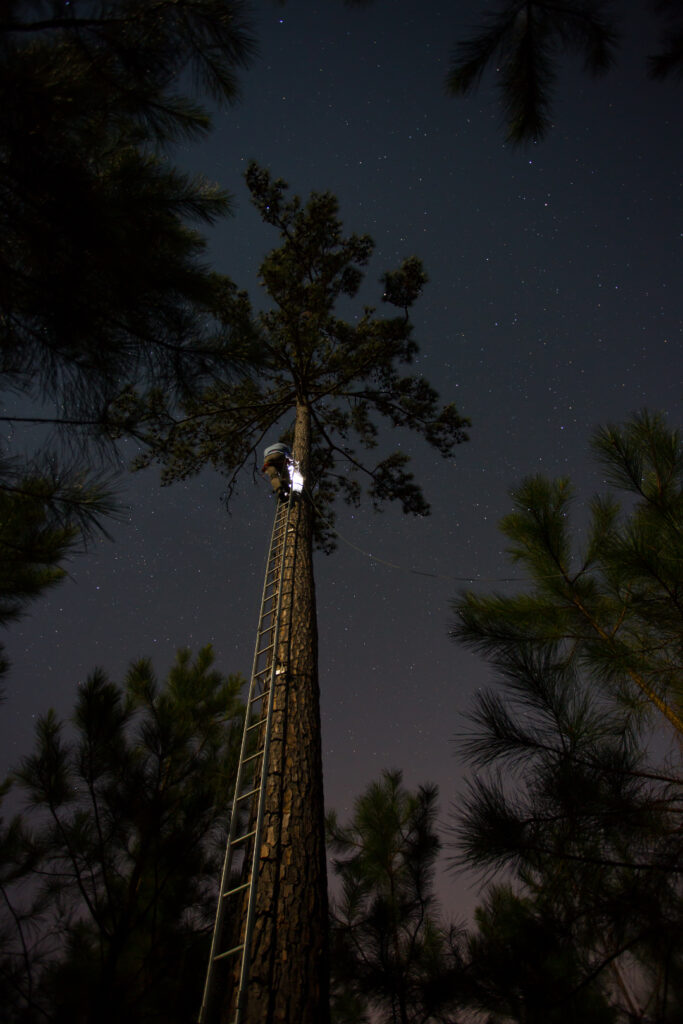
Red-cockaded woodpeckers successfully established breeding groups at the swamp following the first translocation in late 2015. The first young were produced by the newly established breeding groups in 2017. Though the number of breeding groups never numbered more than three during a single year, nests with eggs were produced from four different groups between 2016 and 2020. Unfortunately, regular translocations and monitoring activities ceased after 2020 due to lack of funding. Limited visits by USFWS staff revealed that at least some RCWs remained in the area but it was not clear whether they have continued to breed.
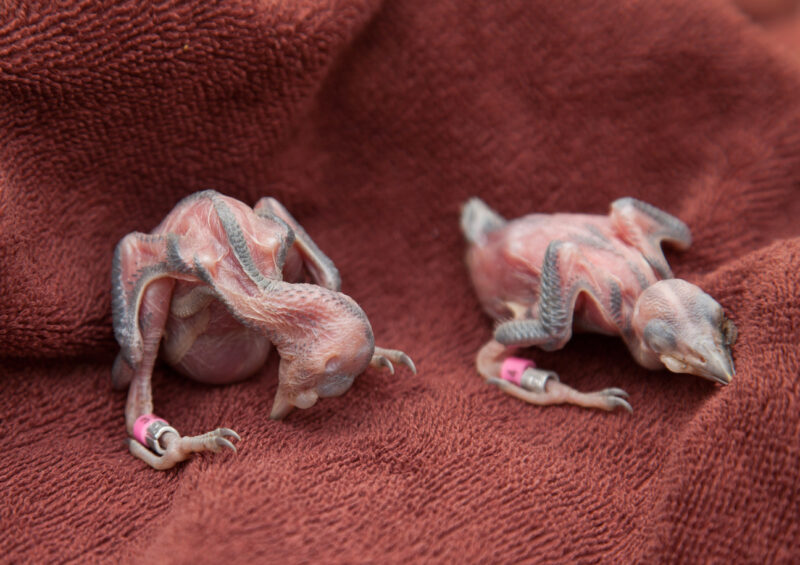
In spring 2025, however, CCB, USFWS staff, and dedicated volunteers returned to check on a portion of the known territory clusters. They visited three historical nesting sites. Encouragingly, two of the three were still active. In one, a pair was incubating a clutch of three eggs. In another, behavior strongly suggested nesting activity, although the cavity could not be located through the dense surrounding vegetation. These signs offer a glimmer of hope. While the Virginia population remains vulnerable, its resilience makes a compelling case for revitalizing support for the effort. Reinvesting now could secure the future of this small, but tenacious, population.
